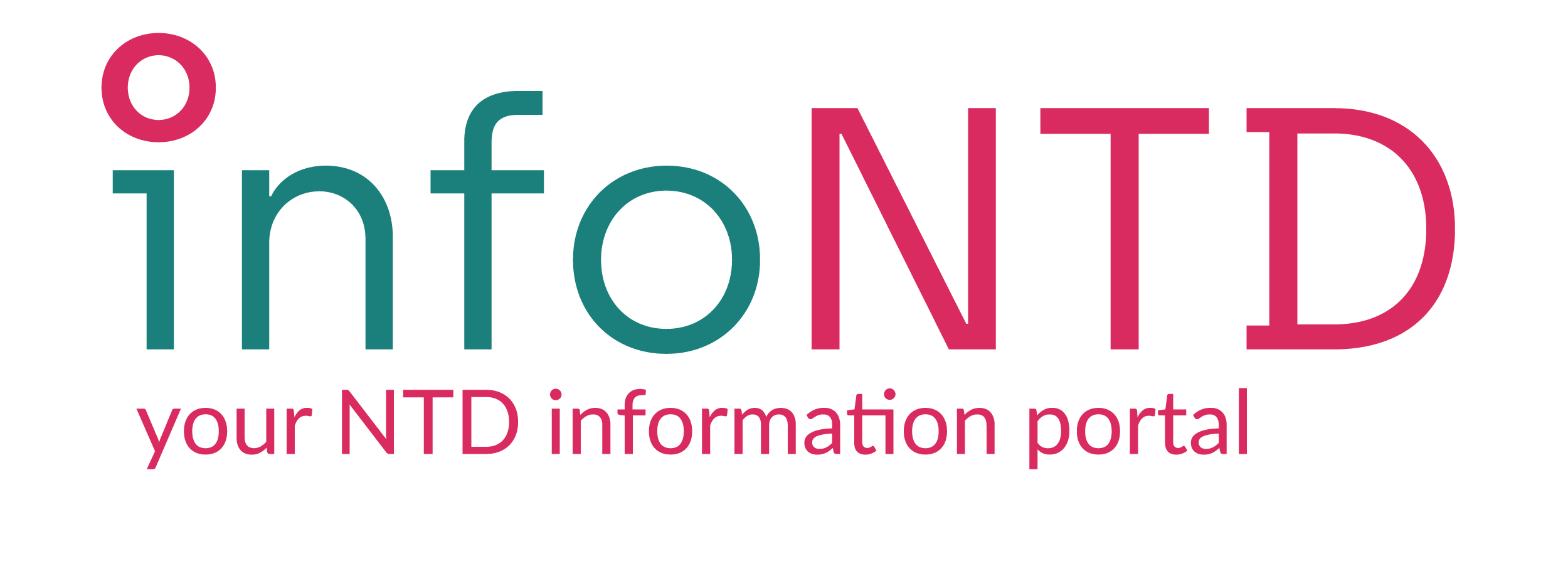The truncated hemoglobin from Mycobacterium leprae.
Truncated hemoglobins (trHb's) form a family of low molecular weight O2 binding hemoproteins distributed in eubacteria, protozoa, and plants. TrHb's branch in a distinct clade within the hemoglobin (Hb) superfamily. A unique globin gene has recently been identified from the complete genome sequence of Mycobacterium leprae that is predicted to encode a trHb (M. leprae trHbO). Sequence comparison and modelling considerations indicate that monomeric M. leprae trHbO has structural features typical of trHb's, such as 20-40 fewer residues than conventional globin chains, Gly-based sequence consensus motifs, likely assembling into a 2-on-2 alpha-helical sandwich fold, and hydrophobic residues recognized to build up the protein matrix ligand diffusion tunnel. The ferrous heme iron atom of deoxygenated M. leprae trHbO appears to be hexacoordinated, like in Arabidopsis thaliana trHbO-3 (A. thaliana trHbO-3). Accordingly, the value of the second-order rate constant for M. leprae trHbO carbonylation (7.3 x 10(3) M(-1) s(-1)) is similar to that observed for A. thaliana trHbO-3 (1.4 x 10(4) M(-1) s(-1)) and turns out to be lower than that reported for carbon monoxide binding to pentacoordinated Mycobacterium tuberculosis trHbN (6.7 x 10(6) M(-1) s(-1)). The lower reactivity of M. leprae trHbO as compared to M. tuberculosis trHbN might be related to the higher susceptibility of the leprosy bacillus to toxic nitrogen and oxygen species produced by phagocytic cells.

 infontd
infontd